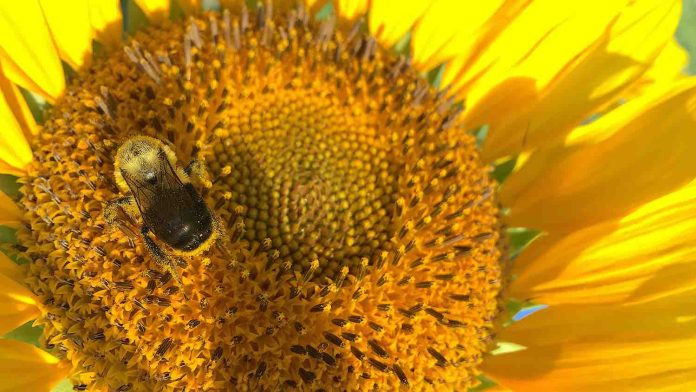Honeybees forage for flowers by following the scent of floral blends. Diesel exhaust pollution was found to lower chemicals in the scent blend causing honeybees to have difficulty recognizing floral scents, according to a recently published study in Scientific Reports.
In order for honeybees to forage effectively they need to be able recognize a plant’s floral odor blend. Diesel fuel exhaust, specifically mono-nitrogen oxide (NOx), was found to significantly lower some floral chemicals to a point where the bees had difficulty detecting them, hindering their ability to home in on flowers.
Honeybees are able to tell the difference between different floral blends. The study found that the reduction of components in the odor can significantly effect how the bees are able to find flowers.
When honeybees locate a flower for the first time they use both floral odors and visual stimuli. They learn that high levels of floral odors will reward them with nectar. When the floral scent is reduced, the bee is left to find floral nectar by foraging with vision.
Exhaust pollution is another factor that is stressing honeybees and other odor guided pollinating insects. Honeybees are needed to pollinate crops and when airborne pollutants such as NOx disrupt the floral scent, fewer crops are pollinated and the yield of crops is reduced. Major ecological and economic impacts could be expected.















